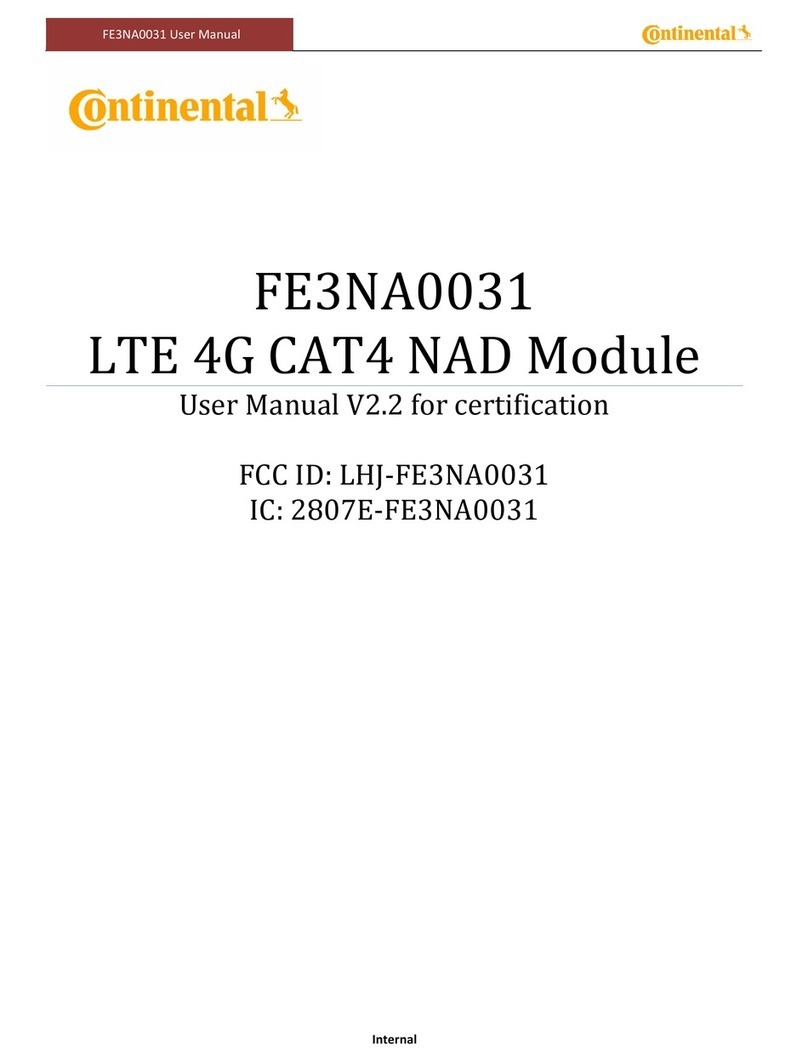Continental Refrigerator T19Plus US User manual
Other Continental Refrigerator Control Unit manuals

Continental Refrigerator
Continental Refrigerator FE5NA0010 Guide
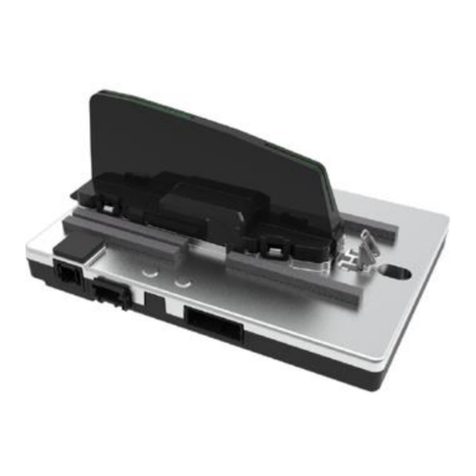
Continental Refrigerator
Continental Refrigerator TCAM1NA0 User manual

Continental Refrigerator
Continental Refrigerator ACCM User manual

Continental Refrigerator
Continental Refrigerator TCAM1NA2 User manual
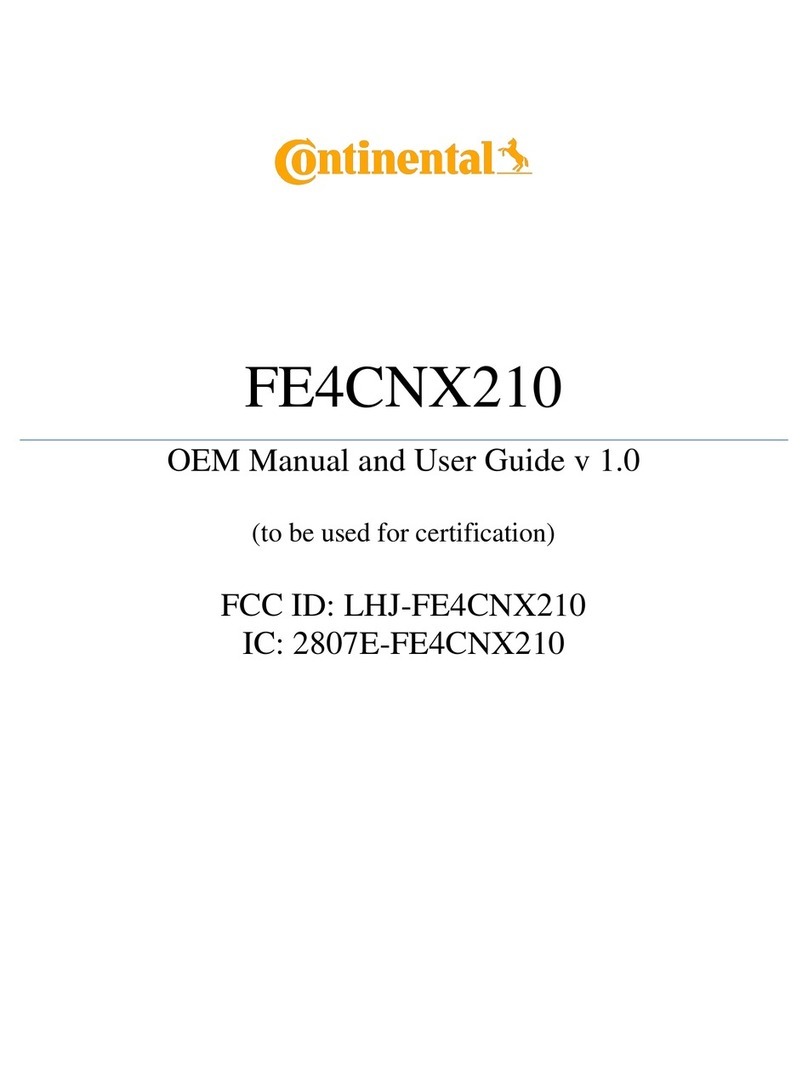
Continental Refrigerator
Continental Refrigerator FE4CNX210 Guide

Continental Refrigerator
Continental Refrigerator FANW User manual
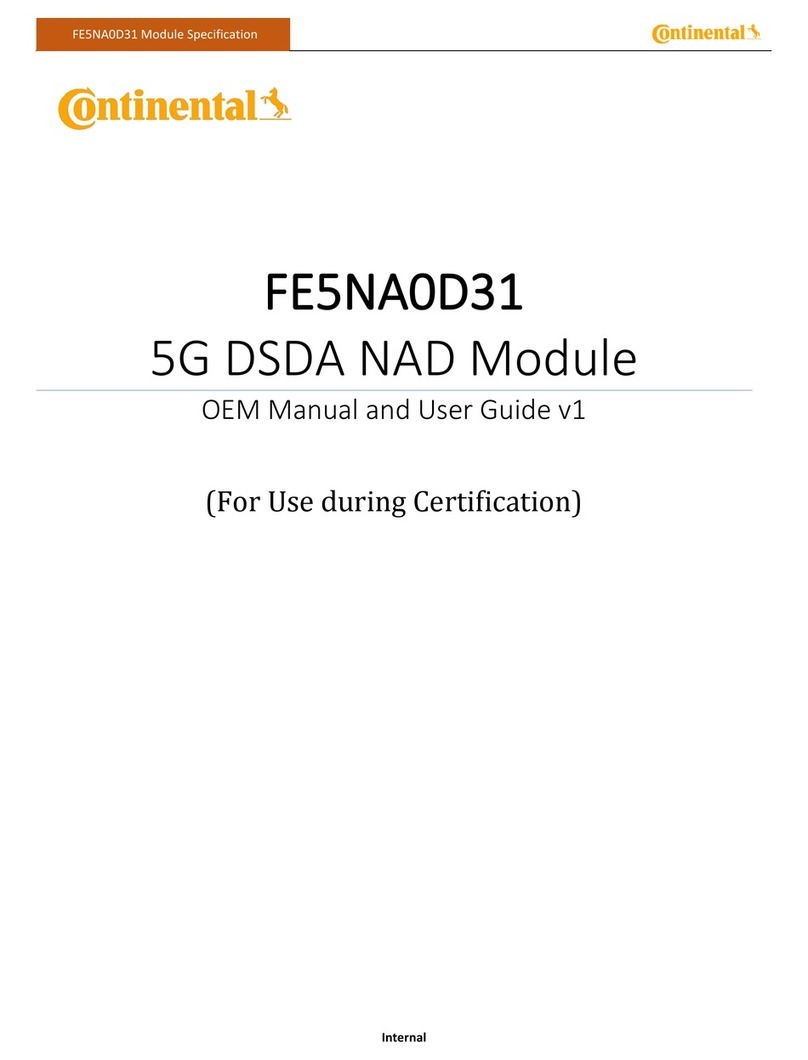
Continental Refrigerator
Continental Refrigerator FE5NA0D31 Guide

Continental Refrigerator
Continental Refrigerator FE4NA0210 Guide
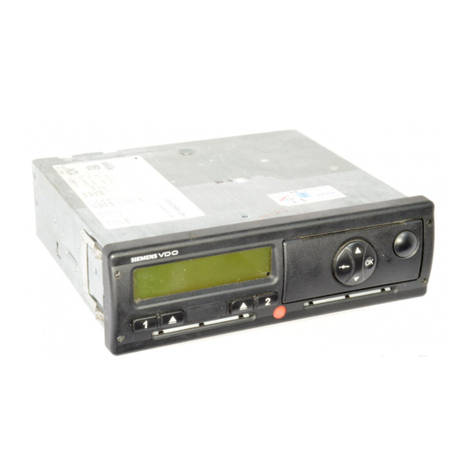
Continental Refrigerator
Continental Refrigerator DTCO 1381 User manual

Continental Refrigerator
Continental Refrigerator FE5RW0D31 Guide
Popular Control Unit manuals by other brands

Festo
Festo Compact Performance CP-FB6-E Brief description

Elo TouchSystems
Elo TouchSystems DMS-SA19P-EXTME Quick installation guide

JS Automation
JS Automation MPC3034A user manual

JAUDT
JAUDT SW GII 6406 Series Translation of the original operating instructions

Spektrum
Spektrum Air Module System manual

BOC Edwards
BOC Edwards Q Series instruction manual

KHADAS
KHADAS BT Magic quick start

Etherma
Etherma eNEXHO-IL Assembly and operating instructions

PMFoundations
PMFoundations Attenuverter Assembly guide

GEA
GEA VARIVENT Operating instruction

Walther Systemtechnik
Walther Systemtechnik VMS-05 Assembly instructions

Altronix
Altronix LINQ8PD Installation and programming manual
